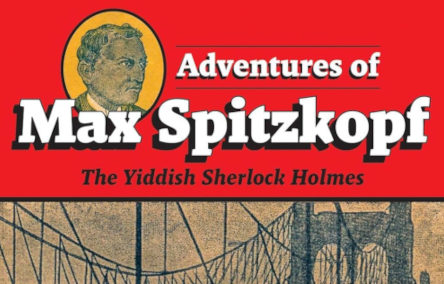
“Yiddish Sherlock Holmes” in English
“Yiddish Sherlock Holmes” in English
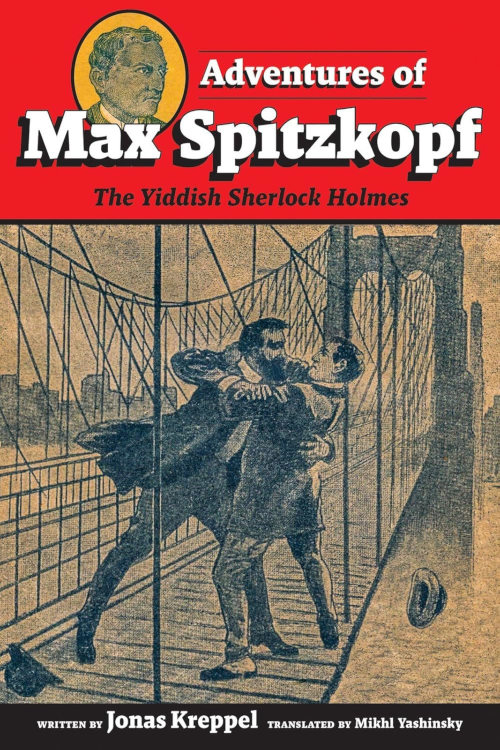 The Yiddish literature has its own famous detective: Max Spitzkopf, the “Yiddish Sherlock Holmes”. For the first time his adventures, written by Jonas Kreppel (1874-1940), were published in English, translated by Mikhl Yashinsky, mainly known as an actor and theater researcher who recently has also published another important book, the English translation of the memoirs of the pioneering Yiddish actress Ester-Rokhl Kaminska.
The Yiddish literature has its own famous detective: Max Spitzkopf, the “Yiddish Sherlock Holmes”. For the first time his adventures, written by Jonas Kreppel (1874-1940), were published in English, translated by Mikhl Yashinsky, mainly known as an actor and theater researcher who recently has also published another important book, the English translation of the memoirs of the pioneering Yiddish actress Ester-Rokhl Kaminska.
According to Jonas Kreppel’s imagination, Max Spitzkopf lived in Vienna, the capital of the Habsburg Empire. The series of books about his adventures were originally published in Austro-Hungary and gained great popularity among local Jews, especially in Galicia. In 1938, after the Nazi occupation of Austria, Kreppel was sent the the Buchenwald concentration camp, where he died in 1940.
Interestingly, some of Arthur Conan Doyle’s world-famous stories about Sherlock Holmes have also been translated into Yiddish by David Hermalin in 1928. Quite a few Yiddish readers were familiar with both imagined detectives, the London-based Sherlock Holmes and the Vienna-based Jewish Max Spitzkopf.

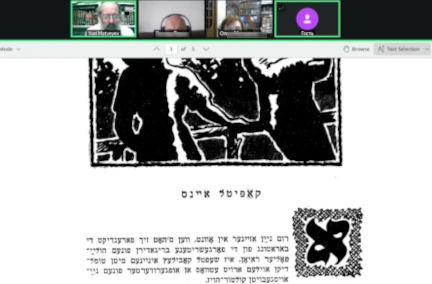
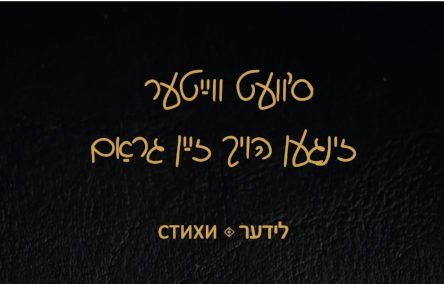
 Several presentations in Moscow were dedicated to the unique bilingual Yiddish-Russian poetry book “Продолжит петь его строка” (His Poem’s Line Will Continue to Sing), which contains poems of 23 Yiddish poets who died as Red Army soldiers fighting the Nazis during WWII.
Several presentations in Moscow were dedicated to the unique bilingual Yiddish-Russian poetry book “Продолжит петь его строка” (His Poem’s Line Will Continue to Sing), which contains poems of 23 Yiddish poets who died as Red Army soldiers fighting the Nazis during WWII.

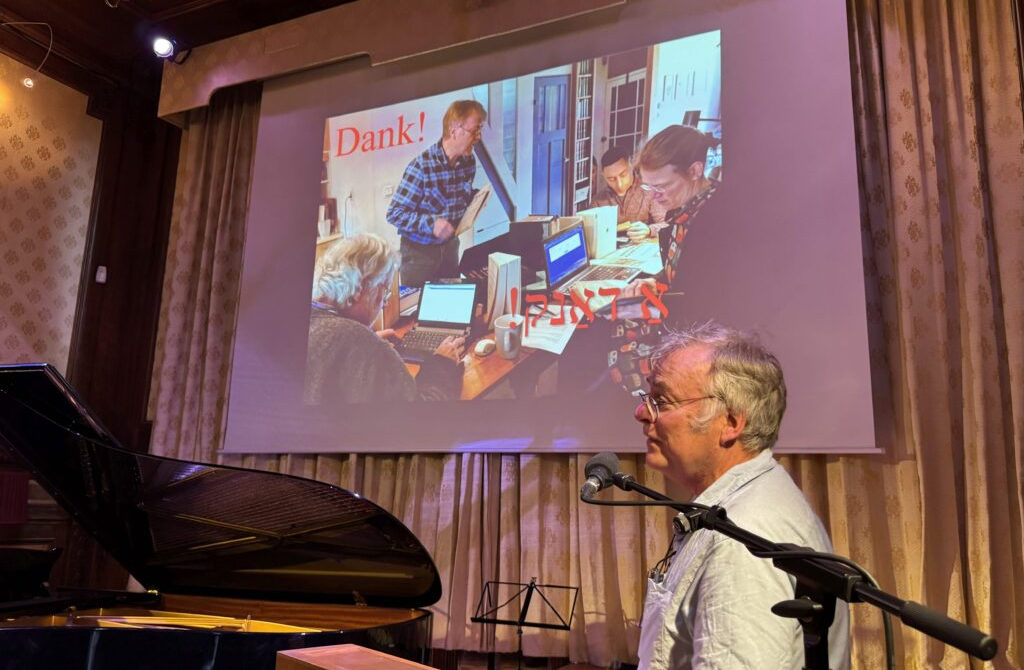

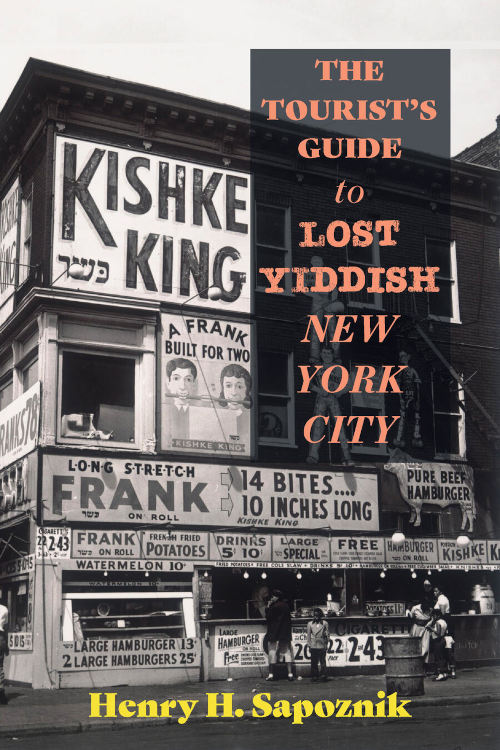 Henry Sapoznik, an award-winning producer of Yiddish recordings and radio programs, musicologist, performer and writer, published The Tourist’s Guide to Lost Yiddish New York City. Once upon a time, about a hundred years ago, about a million and a half of New York’s Jews spoke Yiddish at home and at work. Sapoznik covers virtually every aspect of their life and culture, from food to architecture, music and theater, illustrated by tickets, advertisements, posters, restaurant menus and various photographs.
Henry Sapoznik, an award-winning producer of Yiddish recordings and radio programs, musicologist, performer and writer, published The Tourist’s Guide to Lost Yiddish New York City. Once upon a time, about a hundred years ago, about a million and a half of New York’s Jews spoke Yiddish at home and at work. Sapoznik covers virtually every aspect of their life and culture, from food to architecture, music and theater, illustrated by tickets, advertisements, posters, restaurant menus and various photographs.

 The memoirs of the pioneering Yiddish actress Ester-Rokhl Kaminska (1870–1925), have been for the first time published in English, translated by the actor and theater researcher Mikhl Yashinsky.
The memoirs of the pioneering Yiddish actress Ester-Rokhl Kaminska (1870–1925), have been for the first time published in English, translated by the actor and theater researcher Mikhl Yashinsky.